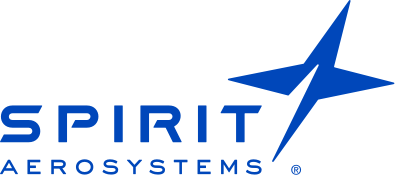Spirit AeroSystems has grown to become the world’s largest tier-one supplier, manufacturing commercial aerostructures for Airbus, Boeing, Bombardier, Mitsubishi, and Rolls-Royce. As the company has expanded into the defense market — a portfolio that includes the Sikorsky CH-53K, Bell V280, work on the B-21 for Northrop Grumman, the KC-46A Tanker, the P-8 — Spirit is demonstrating the value of applying commercial manufacturing best practices to defense programs.

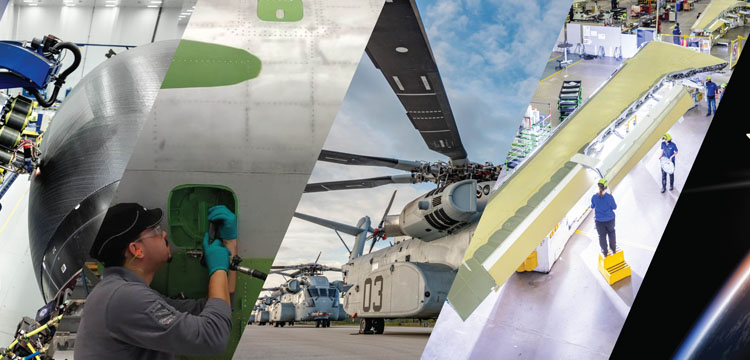
The Hypersonic Weapons Race
Spirit AeroSystems Is Primed to Move American Defense Forward, Faster
As the U.S. military moves quickly to secure and perfect hypersonic technology, the next challenge in this 21st-century weapons race is manufacturing hypersonic structures on a large scale — with efficiency, consistency, and affordability.
Fortunately for the U.S. defense community, one of the world’s largest aerostructures manufacturing companies is perfectly poised to help usher in a new era of large-scale military production. Spirit AeroSystems, with its expertise in large-scale, high-volume production and advanced materials expertise is ready to industrialize new military defense systems.
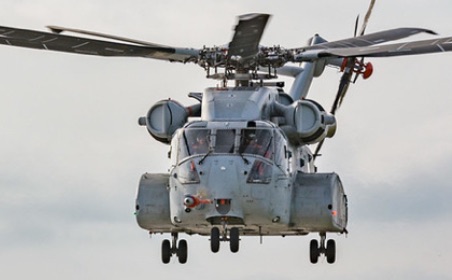
Sikorsky CH-53K
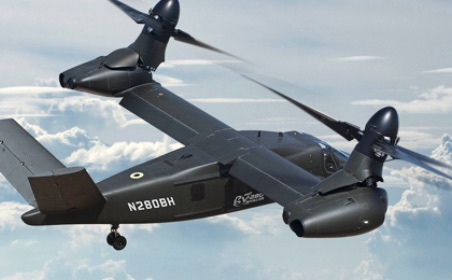
Bell V-280
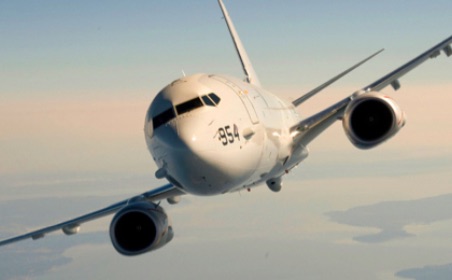
Boeing P-8A
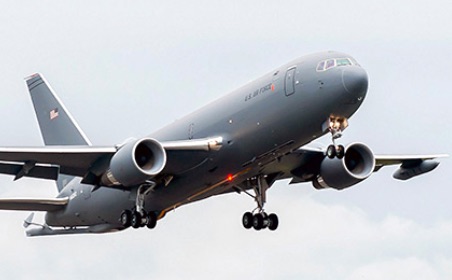
Boeing KC-46A
Commercialization of Defense
We’re taking the lessons learned in the commercial aerospace industry and applying those to defense. Time and cost are of the essence in the defense market. We have the proven ability to produce complex, high-quality aerostructures quickly and affordably.
”Spirit AeroSystems’ experience in the hyper-competitive world of commercial aerospace offers a roadmap for bringing high-volume, high-rate production to new defense projects like hypersonic weapons systems.
To apply this knowledge, early partnerships with OEMs, allowing Spirit’s expertise in design for manufacturability to be applied to the entire production scope, is key. “As we look ahead to hypersonics, the sooner production-minded people are engaged in the project, the sooner the U.S. can achieve volume and scale. Partnering with Spirit early in the design development phase translates to better-engineered plans, efficient tooling solutions, and overall production efficiencies.”
Optimizing Material Systems
With the development of carbon-carbon and ceramic matrix composites (CMCs) for hypersonic applications, Spirit AeroSystems is focused on researching how to industrialize these materials for production. By working with material providers and applying significant independent research to new material systems, Spirit optimizes new and advanced materials to fit all the requirements for manufacturing.
Kimberly Caldwell, Spirit AeroSystems’ Lead for Collaborative Research and Development says, “We’re exploring all of these new materials. We know there are some extremely challenging material issues. But Spirit is in a unique position to not only help the government solve these issues, but also help the rest of the commercial aerospace industry understand how to produce these materials.”
Both Lohmeier and Caldwell point out that Spirit AeroSystems has been at the forefront of every aerospace material advancement, from metallic structures to generation one and two composites. The company plans to follow the same process for CMCs development. “When you think about all of the material systems introduced to the market over the years, Spirit has been key in truly industrializing those systems,” Caldwell says.
Go Inside Spirit Aerosystem’s Process for Materials Industrialization
The focus on research and technology at Spirit is helping move materials into the manufacturing process faster. “Spirit AeroSystems is adept at taking prototypes and low-volume programs and creating solutions for high-rate production, meeting stringent manufacturing qualifications and accelerating systems to market,” says Eric Hein, Senior Director of Research and Technology. “Before we ever arrive at the manufacturing stage, we work with material developers and our own research teams to mature new materials into producible solutions. This is accomplished through fabrication and assembly process development and extensive testing.”
Flexing Industrial Strength
Spirit AeroSystems leaders welcome the challenge they’re hearing about from the defense community, including calls for an expanded defense industrial base. “The good news that we’re happy to share is that the industrial infrastructure is already in place,” says Caldwell. “If you’re looking at the traditional defense model, it’s a challenge. But on the commercial side, Spirit expands on that. We have the capability and the capacity, including fabrication centers with open capacity.”
Spirit, moving at a pace more aligned with commercial expectations than defense, is demonstrating the ability to work within a classified environment, including a focus on cybersecurity throughout its vast supply chain. “What we bring is very unique,” says Lohmeier. “We have the infrastructure, we have a large base of classified employees in all functions, and we have the facilities for immediate growth.”
“As the defense community challenges aerospace manufacturers to industrialize this very critical hypersonic capability, who better than Spirit AeroSystems to help with this mission?” says Lohmeier. “During World War II at Spirit’s present-day Wichita plant some of the most remarkable leaps forward in military aircraft were achieved. And, as our country faces new threats, this highly skilled, specialized workforce is ready to take 21st-century technology to the industrialized level to meet the needs of today’s warfighters.”
With a growing defense portfolio, the latest and most efficient manufacturing processes, and a legacy of materials industrialization, Spirit AeroSystems is positioned to usher in a new era of large-scale military production.
For Spirit’s leaders, the sense of urgency to deliver new defense capabilities is reminiscent of an earlier era. A sense of pride and commitment to the U.S. warfighter clearly remains a part of the company’s legacy.

